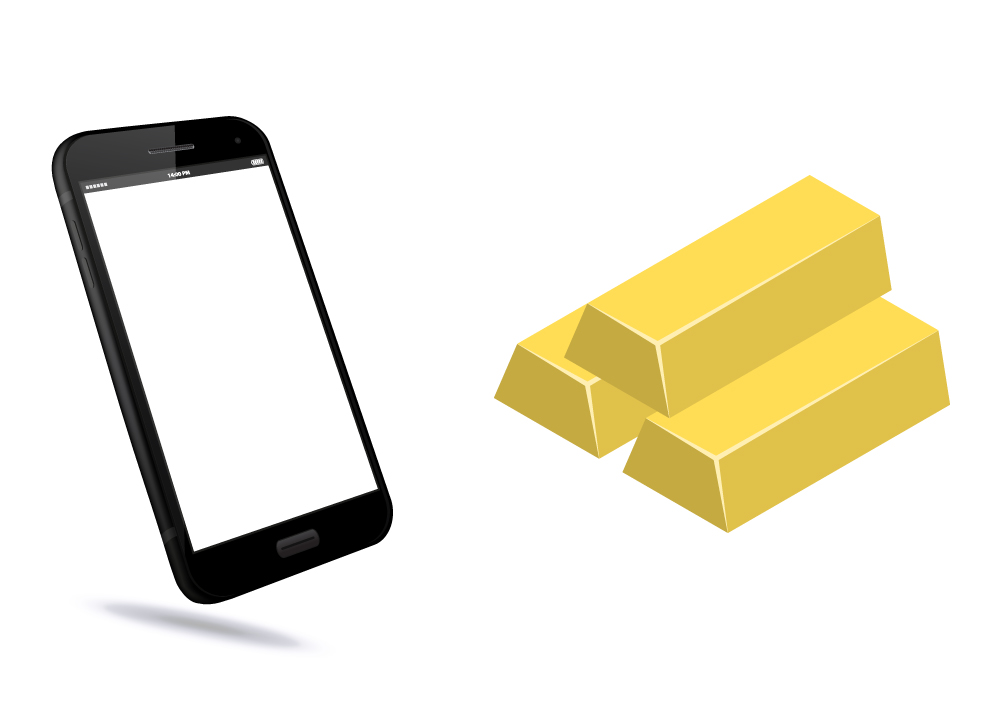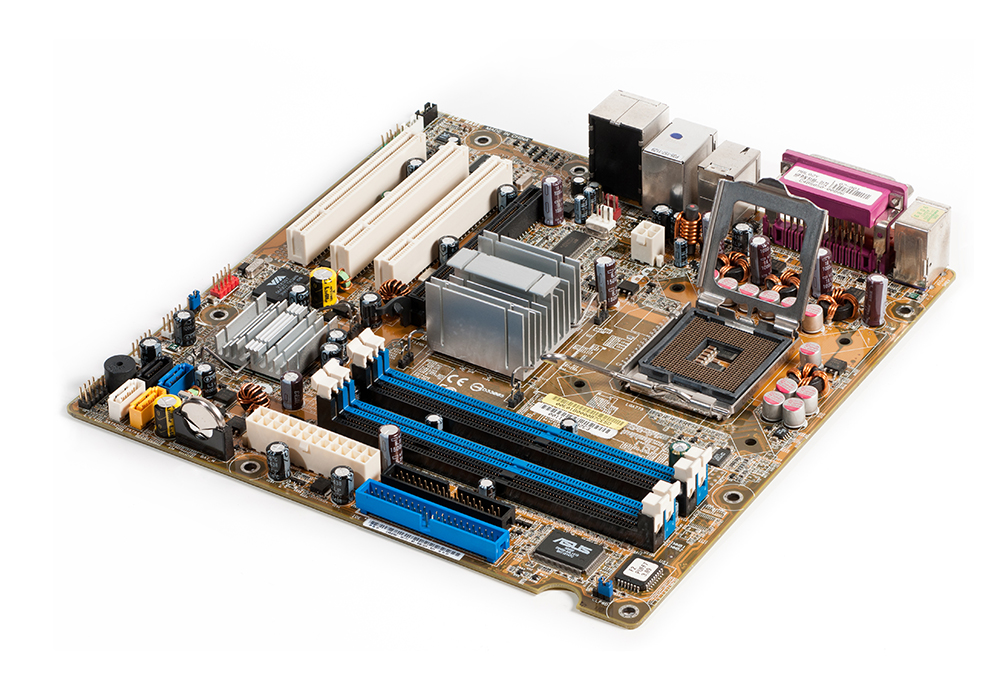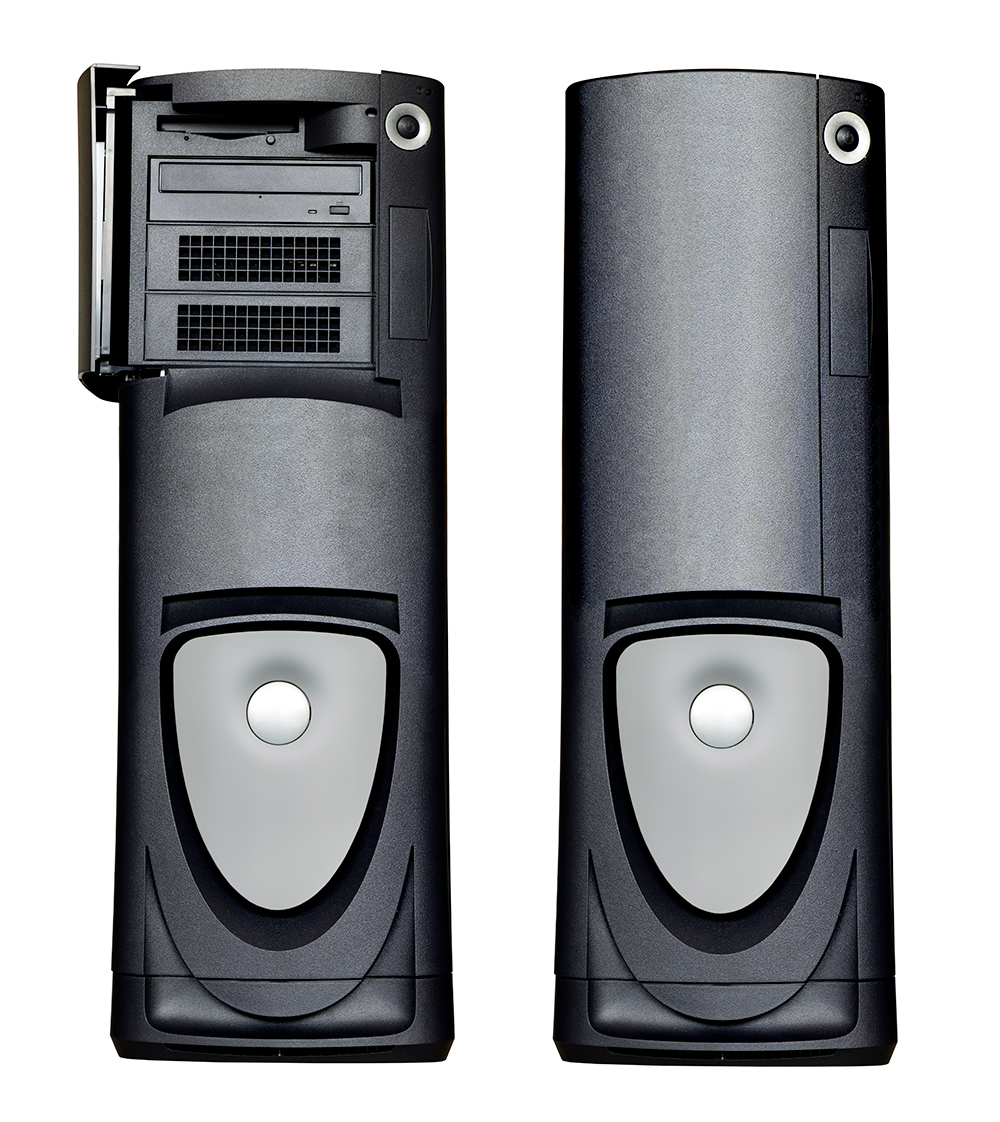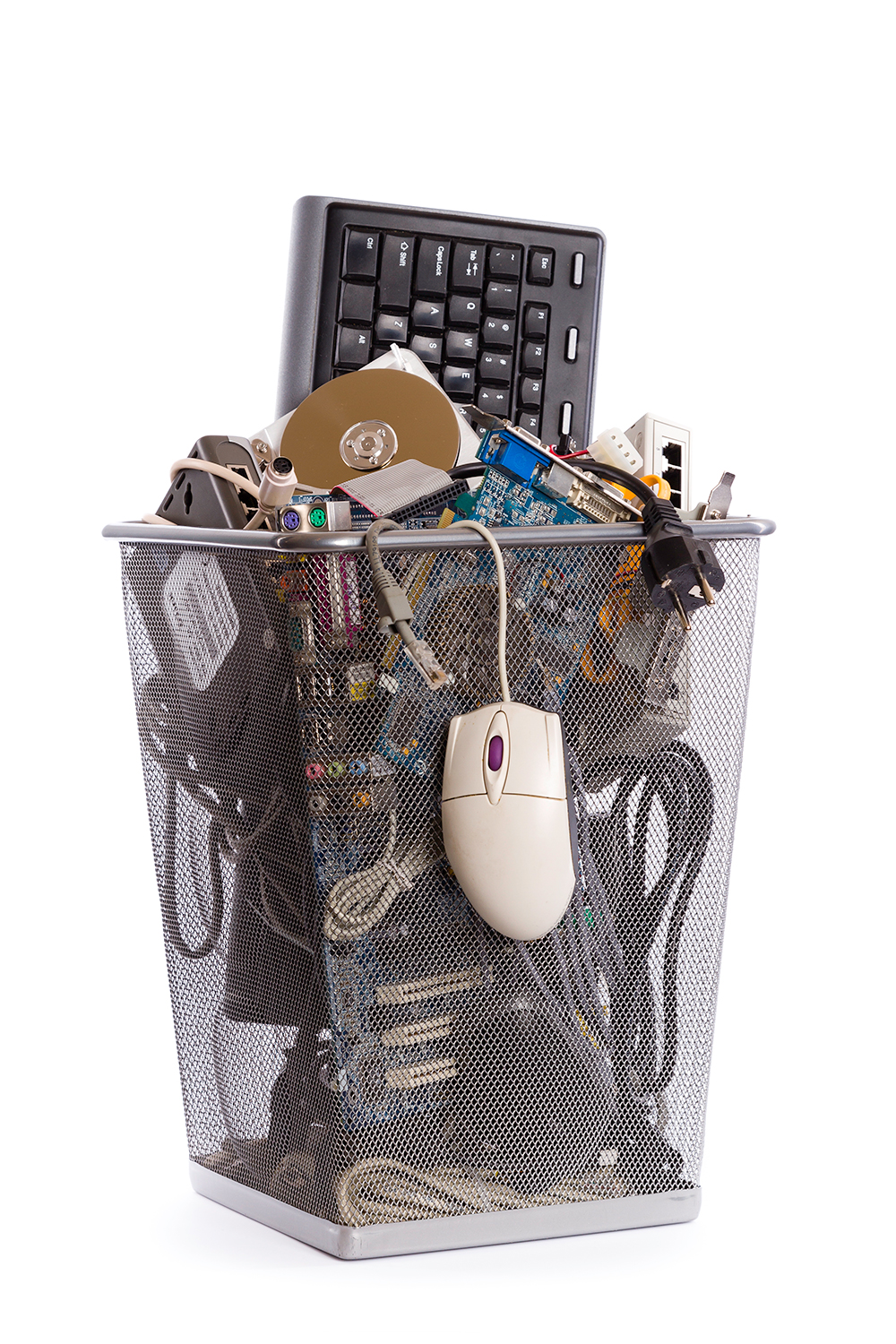Is E-Waste Not Actually Waste? – 3 Reasons Why
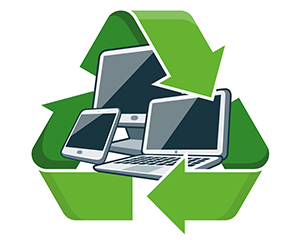
Featured Image: iStock.com/petovarga
Did you know that a large number of what is considered as electronic waste is not waste at all. E-waste can be reused if it is recycled. Discarded electronics are recycled in processing plants where they are harvested for valuable ferrous components like palladium, nickel and iron. In fact, it is estimated that over 35,274 lbs of copper, 772 lbs of silver, 75 lbs of gold and 33 lbs of palladium can be recovered from over a million recycled cell phones.
Unfortunately, much of what is used to create electronics is dumped in unregulated trash heaps across the globe. In 2013, it was estimated that over 3 million tons of e-waste was generated. Only 40% of that pile was recycled and most of it was exported. This is why global e-waste dumping is still a concern, especially for developing nations which are responsible for dismantling this trash.
If you knew that a certain precious metal in your old cell phone can be used to make a wedding ring, would you chuck it in a trash chute? These facts may prompt you to recycle old or obsolete electronics responsibly.
1. Your Smartphone Is A Gold Mine
That Smartphone in your hand isn’t just a complex piece of technology – it is also a gold mine. In fact, it is reported that a ton of iPhones has over 324 x times more gold in it than a ton of mined ore. That is a lot! In addition to gold, your phone also contains other precious metals like platinum, silver and copper. All of these are rare earth metals. The good news is that these metals can be found quite easily. The bad news is that they are rarely found in sufficient amounts to be extracted economically.
How do you get them out? Hand old devices over to recycling plants instead. These plants use state of the art technologies to dismantle and sort precious metals from old cell phones and other hardware.
2. A Motherboard Is A Smorgasbord Of Parts
A good motherboard makes your laptop run like a well-oiled machine. But what happens when your laptop goes kaput? Does it become trash? It won’t if it is recycled for parts. This component contains valuable metals like copper. Copper is a reusable commodity. In fact, the recycled variety is so valuable that even premium grade scrap is almost valued as much as freshly mined ore.
Processing plants are equipped to extract copper from motherboards safely. The recycled metal can be used to make high conductivity wires and other useful commodities. By recycling your motherboard, you don’t only reduce e-waste – you do Mother Nature a favor too.
3. A Plastic Chassis Can Be Used To Make Another Computer
Dell surprised the world by developing a line of PCs that is made out of recycled plastics. The company plans to expand its hardware “take back program” by reusing plastic components from old PCs, hardware panels and other products. And if one of the biggest brands sees recyclable plastic as a useful commodity, so can consumers.
Once electronic waste is recycled for parts, it ceases to be waste. Companies like Dell teach us that old computers can be reused if they are recycled followed by safe data destruction. An old smartphone can be a goldmine of valuable components. Even the copper in an old circuit board can be used to power someone’s home.
About The Author Kelly Sampson
Kelly Sampson is a writer, blogger, and environmental enthusiast. She has strong opinions about climate change, the dogs vs. cats debate, and Oxford commas. She has lent Hummingbird International her engaging and spirited voice and turned our blog into a great place to find valuable information about e-waste, e-waste recycling, and the ITAD industry. Explore our blog to read more of her work.

